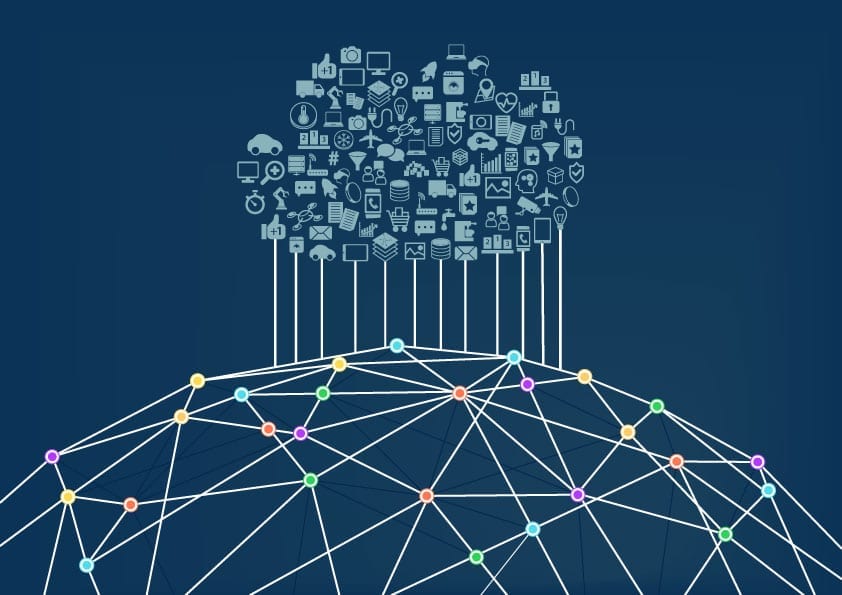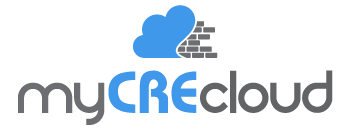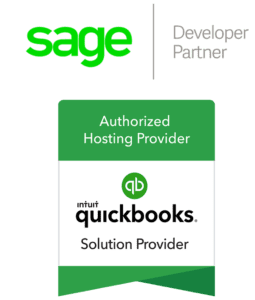
by myCREcloud | Sep 7, 2021 | Uncategorized
The digital and environmental footprint of cloud computing undoubtedly continues to expand – but is it harmful? Cloud computing is a resilient option for businesses and individuals looks to avoid data loss, enable remote work, and allow businesses to scale. The...

by myCREcloud | Jul 22, 2021 | Uncategorized
Construction companies have been slow to adopt digital tools and few have fully digitized their operations. What are the challenges construction companies face when considering cloud computing, online invoicing and more? Unique Projects and a Lack of Repetition Many...

by myCREcloud | Jul 1, 2021 | Uncategorized
Ransomware infiltrates a user’s PC or mobile device using malicious software that is most commonly installed unintentionally after clicking a link in an email that’s posed as something else. Once it is installed, the software prevents users from accessing their files...

by myCREcloud | Jun 24, 2021 | Uncategorized
More healthcare providers are utilizing digital records than ever before. Being able to store information securely off site is a significant benefit that was once not an option for medical and billing service providers. What’s the appeal of cloud computing?...

by myCREcloud | Jun 3, 2021 | Uncategorized
Infrastructure as a Service (IaaS) is a method of providing computing, networking, and storage via the Internet. IaaS enables companies to utilize web-based systems, applications and storage without needing to purchase, manage or support the cloud infrastructure. The...

by myCREcloud | May 21, 2021 | Uncategorized
Cloud hosting is crucial to success in a post-COVID-19 world. The arrival of the COVID-19 pandemic in early 2020 is has had a big impact on the scale of cloud adoption this year, but will the effects last long-term? Thanks to the arrival of vaccines in 2021, this year...








